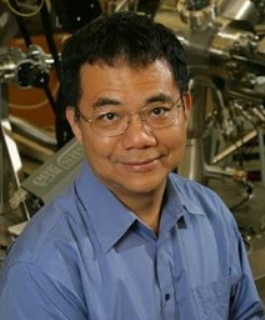Organic photovoltaic solar cells can find a broad range of applications in the solar energy world, yet they still remain unknown.
 UCLA's Yang Yang
UCLA's Yang Yang
UCLA scientists and their colleagues from Japan and China have demonstrated that the photovoltaic cell’s ability to convert sunlight into power can be considerably improved by integrating gold-nanoparticles into organic photovoltaic devices. This was possible by utilizing the plasmonic effect using which the metal helps improve sunlight absorption.
The research team was headed by Yang Yang, Nano Renewable Energy Center’s Director at UCLA's California NanoSystems Institute, who discovered that a higher fraction of the solar spectrum can be obtained by sandwiching a gold-nanoparticles’ layer between twin light-absorbing subcells inside a tandem polymer solar cell. Yang stated that the plasmonic effect occurring in the center of the interlinking layer is capable of enhancing both the upper and lower subcells at the same time through a 'sweet spot' that improves the efficiency of tandem solar cell’s power conversion from 5.22 to 6.24%.
The researchers identified that by using the interlinking layer of gold-nanoparticles, the power conversion will be enhanced to as high as 20%. The gold-nanoparticles form a robust electromagnetic field within the thin layers of the organic photovoltaic device through the plasmonic effect, which focuses light in such a way that the subcells absorb more amount of light.
The ULCA research team successfully developed a plasmonic-enhanced polymer tandem solar cell by overcoming the challenges in integrating the metal nanostructures into the entire device structure.
Theoretical and experimental results illustrate that the plasmonic-enhancement effect was achieved by enhancing the local near-field gold-nanoparticles. The study indicates that the plasmonic effect lays the platform for further polymer solar cells development in the future. The interlayer structures suggested by the research team can be applied to several polymer materials, hence providing opportunities for multi-stacked, highly-efficient tandem solar cells.